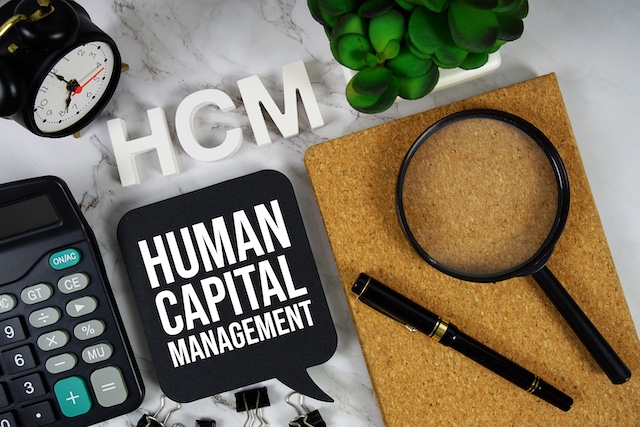What is a Blended Workforce?
A blended workforce refers to a staffing model that combines full-time employees with contingent workers, such as freelancers, contractors, temporary staff, and part-time employees. This approach enables organizations to leverage a diverse mix of skills and expertise while maintaining flexibility in workforce management. Full-time employees typically handle core business functions, while contingent workers are often brought in for specialized projects, seasonal demands, or temporary assignments. The blended workforce model has become increasingly popular as companies adapt to evolving business needs, technological advancements, and the growing gig economy.
Why is a Blended Workforce Important in the Workplace?
The blended workforce model offers significant advantages for organizations looking to stay competitive in dynamic markets. It provides flexibility, allowing companies to scale their workforce up or down based on project demands or economic conditions. By incorporating contingent workers, businesses can access a broader talent pool and bring in niche expertise without the long-term commitments associated with full-time employment. Additionally, a blended workforce fosters innovation by combining diverse perspectives and work styles. However, this model requires careful management to ensure clear communication, seamless collaboration, and compliance with labor laws and regulations.
Real-World Examples of a Blended Workforce
Blended workforce models are widely adopted across industries. For example, tech companies often use freelancers and contractors for software development or design projects, allowing them to quickly bring in specialized talent for short-term needs. In retail, businesses like Amazon ramp up their workforce with temporary employees during peak seasons, such as the holiday shopping period. Additionally, the healthcare industry relies on a mix of full-time staff and per diem or travel nurses to address fluctuating patient care demands. These examples demonstrate how a blended workforce can help organizations remain agile while meeting their operational goals efficiently.




